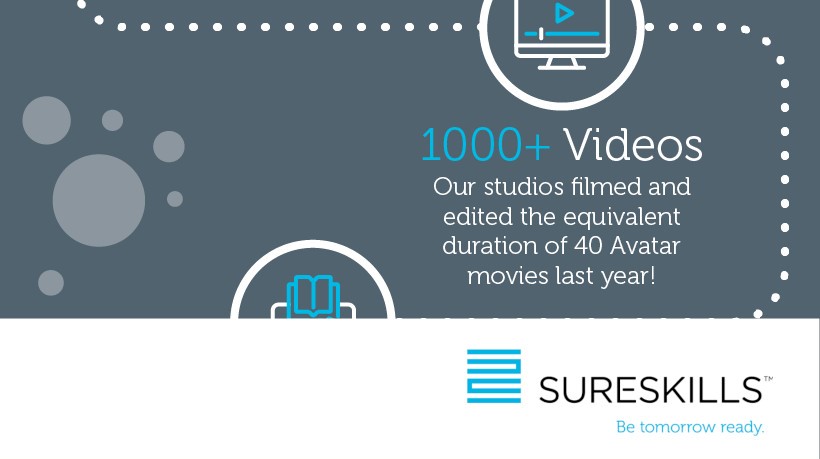Summary:
In my conversation with Kris, she mentioned hiring for values fit, not necessarily culture fit. I think that makes sense, because hiring for culture fit certainly has its downsides – there was a ludicrous example of the investment banking firm that only hired former male Lacrosse players, because they wanted people who fit the culture so to speak.
That got me thinking about what we are actually hiring for now.
Because the shelf life of technical skills is getting shorter, organizations are realizing it’s actually easier to hire agile learners who communicate effectively and work well as a part of teams. Then, those employees can be taught the technical skills they need because they are adaptable and coachable.
And this is what’s happening out there in the real world.
On Adam Grant’s podcast, he focused an entire episode to reinventing the job interview, or as Richard Sheridan, CEO of Menlo Innovations would describe it, “two people sitting across a table lying to one another.”
Instead of traditional interviews, Sheridan brings in about 50 people together in what he calls an audition. The people interviewing them have no access to resumes, they encounter the human being before they look at a piece of paper and establish a narrative.
The candidates are put in all kinds of scenarios to assess their teamwork. For example they’re given a single desk between two and observed for who hogs or shares the space. When there aren’t enough resources provided for the activities, how will the candidates behave towards their teammates who they may also see as competitors? In fact, one of the challenges was to get your partner to a second interview!
Interesting elements of this:
- Employees get to choose the new additions to their own culture, empowering them, giving them agency, investing further in them to create and build the culture from the ground up
- They focus on human soft skills – humility, teamwork, communication, and they don’t even look at a person’s professional background or acumen
- The interview challenges in no way reflect the challenges of the workplace, they simply provide an insight into whether or not you will make the people around you better
Who is elevating the performance of the people around them? They are not focused on individual performance, but team performance.
Ultimately, organizations are hiring people for how well they fit their organizational culture, for soft skills, for the ability to learn.
Then they provide those teams access to high-quality learning opportunities for the specific skills they need, knowing that if they are a strong team and strong learners, there are no problems they cannot tackle. They are adaptable, they are resilient. They believe in each other. And when the next inevitable unpredictable event happens, they are equipped to pivot quickly, learn new skills, and keep the ball rolling. This is why companies are investing so heavily in learning programs that empower their teams. Because team and learning culture are intertwined!
These guys are not looking for deep expertise, they are looking for able learners.
As Adam himself says: He wishes they hired people not on credentials, but on the motivation and ability to learn. Less on invisible unreliable gut feelings, but on unstructured questions and challenges that actually relate to the world at hand.
Investing in agility and using hiring methods that assess it can set you up to shape the future.
That’s echoed in Daniel Coyle’s fantastic Culture Code
He says: “Individuals aren’t really individuals. They’re more like musicians in a jazz quartet, forming a web of conscious and unconscious actions and reactions to complement the others in the group.”
You’re don’t necessarily want just the best individuals, you want the best orchestra! And collaboration allows groups to learn and grow together, and ultimately to be more productive, more innovative, and more content.
Thanks for listening (and reading if you made it this far!).






